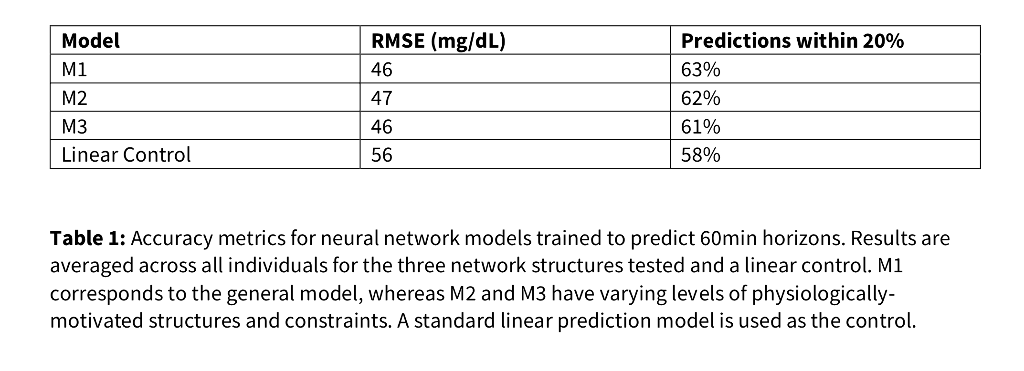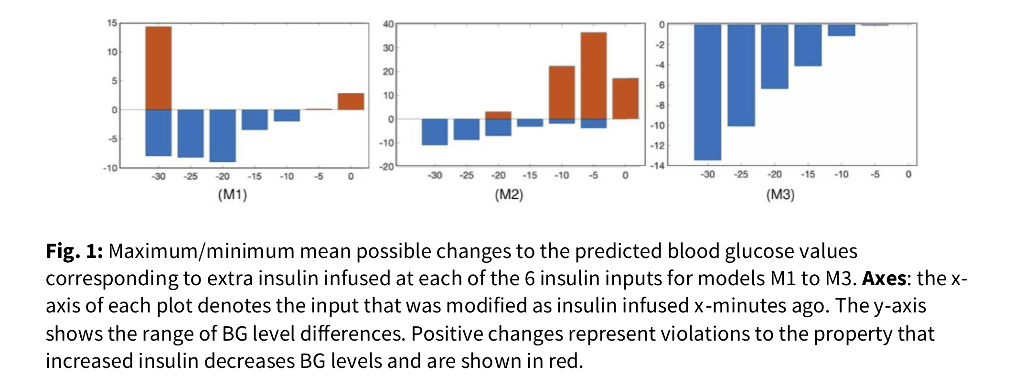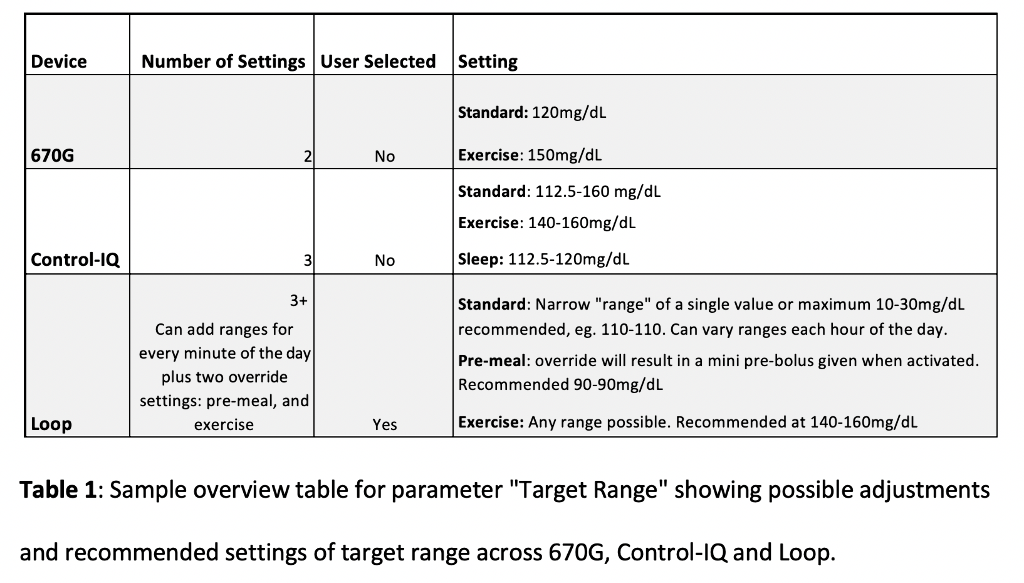Taisa Kushner, United States of America
University of Colorado Boulder BioFrontiers InstitutePresenter of 2 Presentations
MODEL CONFORMANCE IN BLOOD GLUCOSE PREDICTION TASKS
Abstract
Background and Aims
In recent years, neural network models (NNMs) have gained popularity for use in predicting blood glucose (BG) values. These models have the advantage of being data-driven and trained to model an individual's unique physiological characteristics. However, NNMs remain opaque and difficult to understand and interpret by human users. In this work, we address a key challenge in designing and training NNMs for BG prediction: ensuring NNMs conform to known physiological dynamics. We demonstrate how the standard learning protocol results in non-conformant models, and present a physiologically-motivated learning approach to ensure conformance is obtained without sacrificing accuracy.
Methods
Using a combination of mixed integer programming and local gradient search, maximum and minimum changes in predicted BG corresponding to increased insulin infusions are tested in three classes of NNMs: a generalized NNM structure, and two novel physiologically motivated structures. Model sensitivity of each input is computed and tested for conformance to "increased insulin results in decreased BG values". Models are trained using previously collected CGM and insulin pump data from a cohort of twenty-four subjects with T1D to predict 60min horizons.
Results
Accuracy, computed by root mean square error, remains consistent across all models [Table 1]. However, only the constrained, physiologically motivated model fully conforms to "increased insulin decreases BG" [Fig. 1].


Conclusions
A novel test for conformance of NNMs to known physiology is presented. We demonstrate how standard NNMs learned for BG prediction can fail to conform, and present a physiologically motivated design to learning which improves conformance while maintaining accuracy.
TRANSLATING STANDARD CLINICAL PROTOCOL INTO TUNING PROCEDURES FOR HYBRID CLOSED LOOP SYSTEMS: 670G, CONTROL-IQ AND LOOP
Abstract
Background and Aims
The transition of new hybrid closed loop (HCL) artificial pancreas systems from research into widespread clinical use brings exciting advances to diabetes care. However, tuning protocols for current and in-trial systems vary significantly. This work seeks to establish a comprehensive guide for clinicians for translating clinical practice into tuning procedures for patients on the Medtronic 670G, Tandem Control-IQ, and Do-It Yourself (DIY) Loop systems.
Methods
Retroactive patient data, in-silico HCL implementation, algorithmic analysis and clinical experience is utilized to correlate features in blood glucose profiles with adjustments in HCL parameters leading to improved control. Parameters and tuning protocols for the Medtronic 670G, Control-IQ, and DIY Loop systems are compared against standard clinical guidelines for setting basal rates, insulin sensitivity, correction factors, carb ratio, and additional control set points when applicable.
Results
Tuning procedures for each parameter setting across devices, with detailed descriptions and simplified tables will be presented. Figures demonstrating effects of parameter changes on insulin dosing for each system, along with cases for when to adjust a certain parameter will be shown. In all we find 2 adjustable parameters in 670G, 5 in Control IQ and 10 in Loop. Fig. 1 depicts an example table for one parameter: "Target Range".

Conclusions
As additional HCL systems enter the clinical market and popularity of DIY systems grows, it is vital for clinicians to understand differences and similarities between systems. This work helps translate standard clinical adjustments into sequences of parameter tuning for each HCL system in order to provide a comprehensive guide for clinicians.
